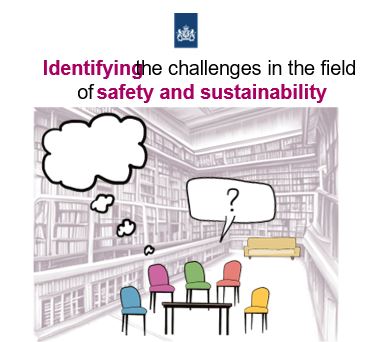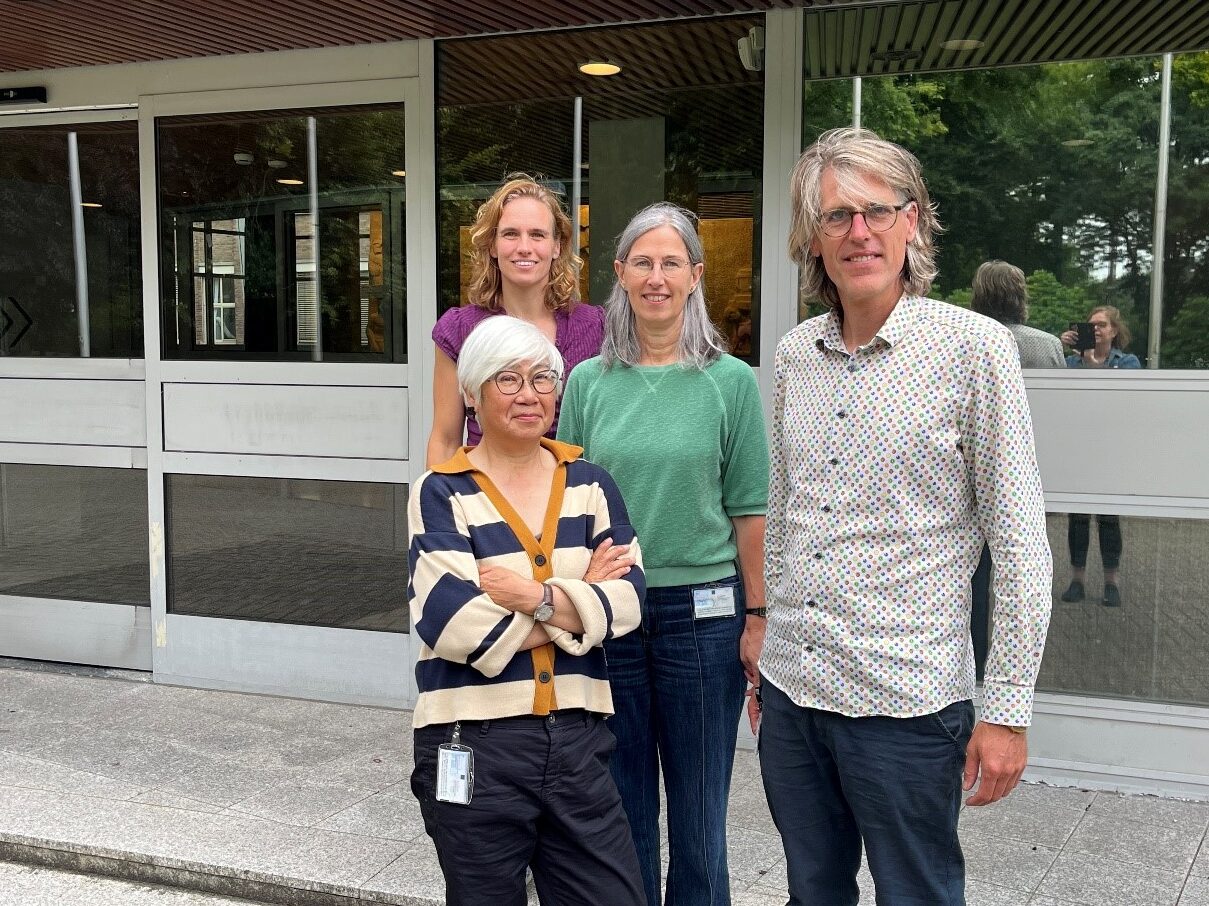What is your contribution to the project (what’s your project part about)?
The Dutch Institute of Public Health and the Environment (RIVM) is involved in the BioSensei project on three topics. Firstly, we work together with Wageningen University (WUR) to develop a Safe and Sustainable by Design (SSbD) approach to the BioSensei project. This approach helps to take safety and sustainability issues into account in the innovation process right from the start. Using this input, we are developing a SSbD framework with tools and guidelines for novel environmental biosensors. Secondly, we are also doing the environmental risk assessment of the biotechnology part of the sensor. Thirdly, we provide a test site for the prototype sensor, which will be deployed for nitrate measurements in/from fresh ditch water sites within our monitoring network and compare the performance against the standard analysis method undertaken in our labs.
What’s the benefit/opportunity for society from the BioSensei research project?
Our long-term outlook is that we envisage the project to contribute to less environmental pollution. RIVM has a monitoring network for water quality in the Dutch agricultural landscape. The biosensor platform can help to improve the ease and quality of this monitoring by providing real-time data on both nutrients and other environmental pollutants. The sensor platform can become a valuable tool in managing substances to remain under limit values. In addition, we promote and bring into practise a Safe and sustainable by design approach while developing this new application of biotechnology.
What are the scientific advancements you most look forward to in this field of research?
We are looking forward to seeing a real-life prototype of an innovative, technologically state-of-art, and highly interdisciplinary biosensor being developed in this project. Another unique scientific advancement is that the biosensor will be developed for multiple measurements of different substances in real time. Being able to test this technology in a use case is very exciting.

Figure: To facilitate the discussion on SSbD among researchers (e.g. the consortium members of this project) we designed a comic strip. This drawing shows the need for the presence of different experts (indicated by the coloured chairs) to discuss safety and sustainability challenges.

The RIVM BIOSENSEI team
